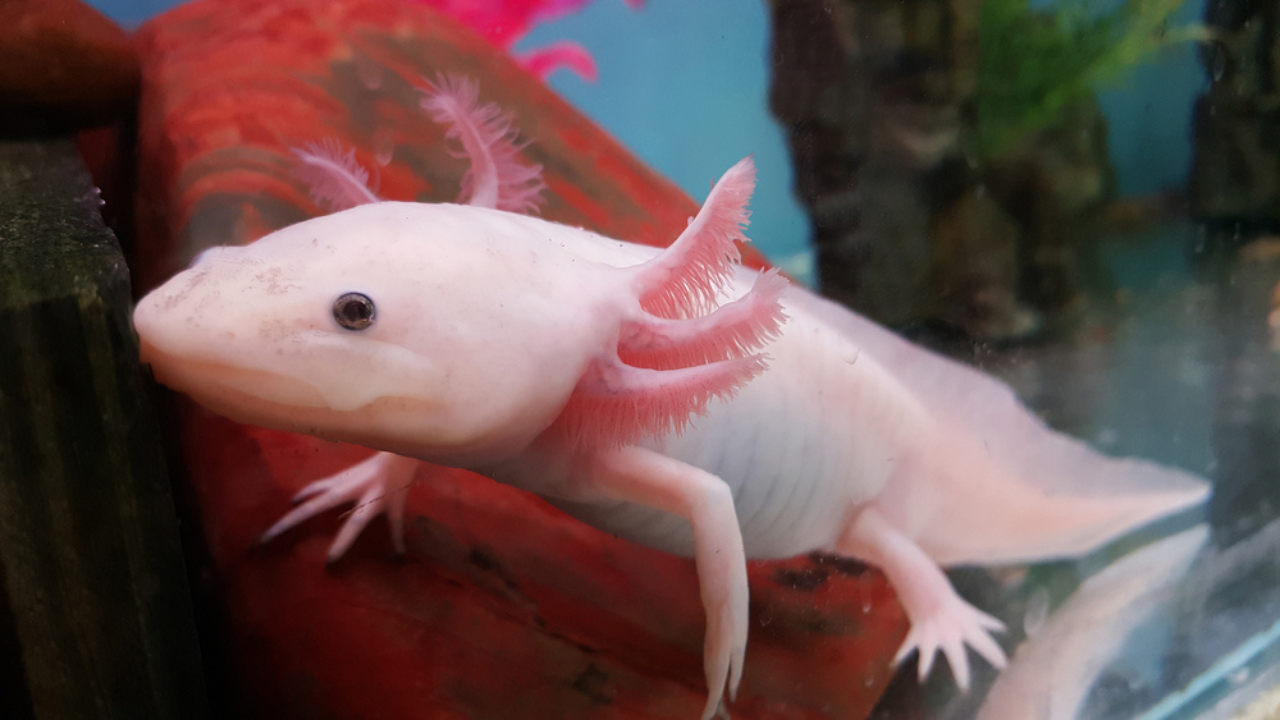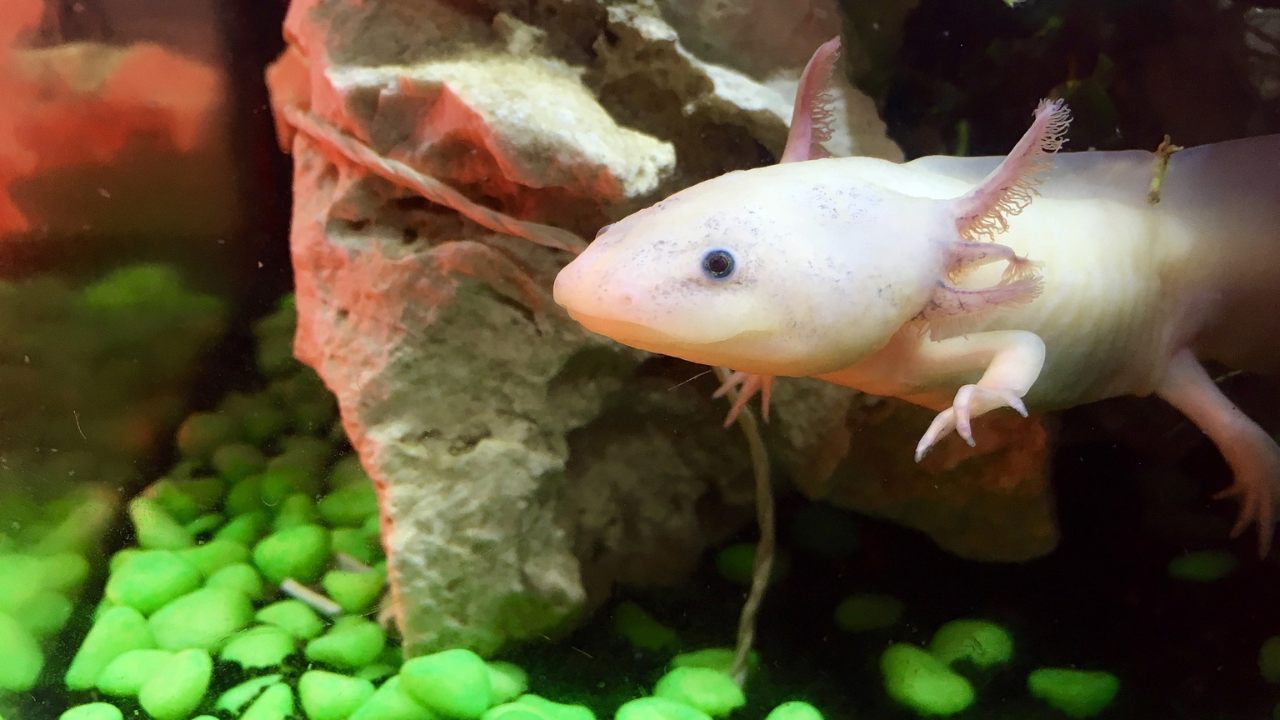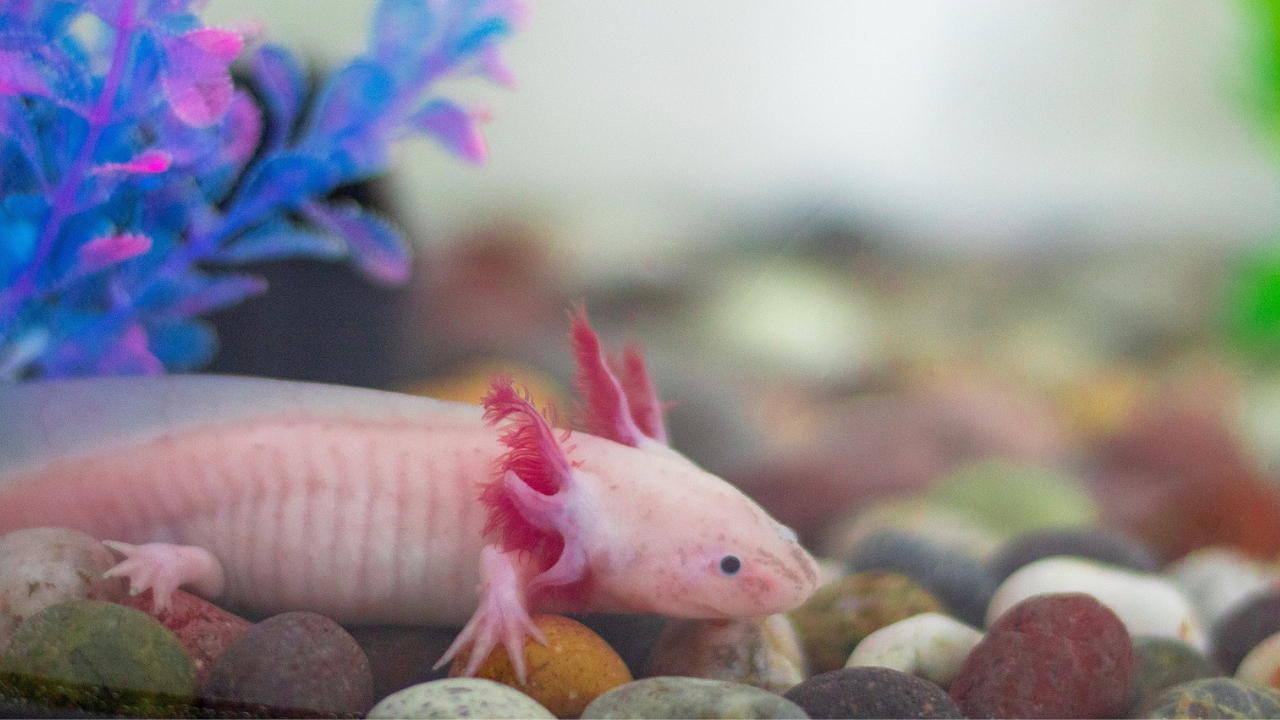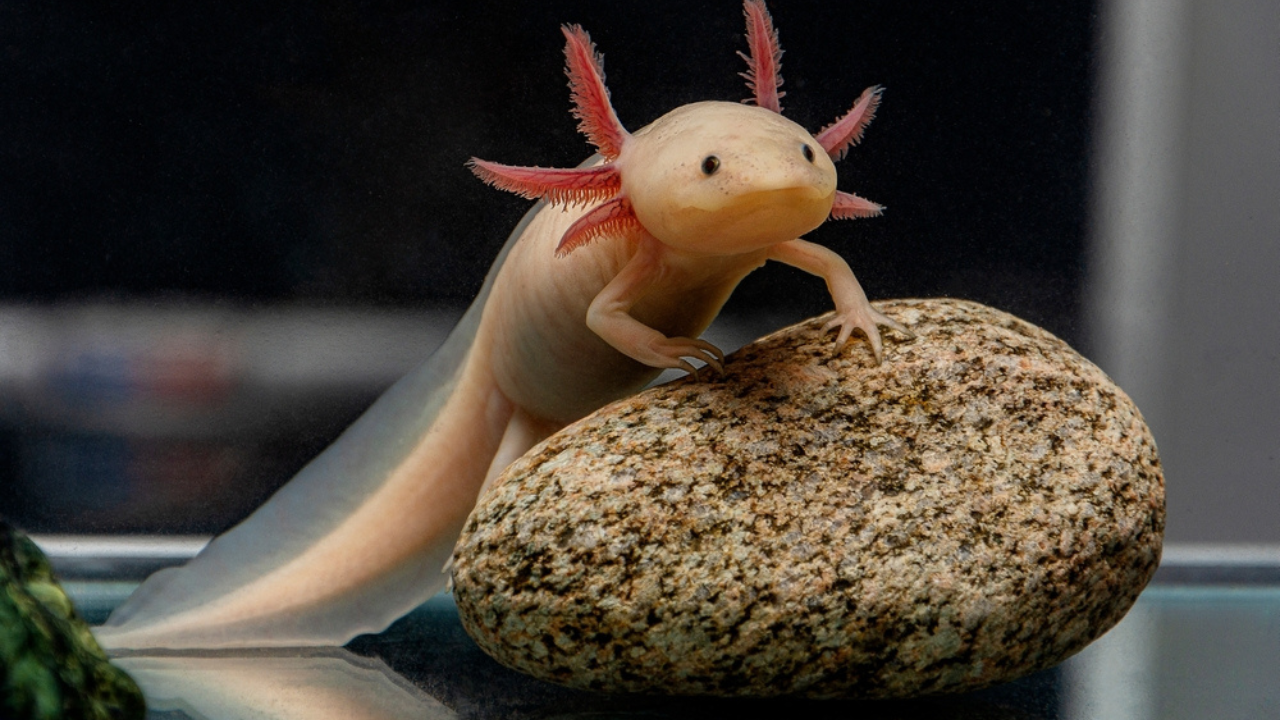Essential Tips To Take Care Of Axolotl
Apr 13th 2024
Axolotls (Ambystoma mexicanum) are mysterious creatures of the aquatic world. Often referred to as “Mexican walking fish,” they are known for their regenerative abilities and smooth skin appearance.
Their enduring looks have popularized them among pet owners. Although having an axolotl as a pet is fun, many owners struggle with proper care.
TopFlight Dubia introduces this detailed guide to ensure your pet thrives in its aquatic home.
What Is An Axolotl?

There is a dilemma in the mind of some pet lovers, whether they keep them as pets or not. There is certain information that one needs to know about the Mexican axolotl to keep them happy and healthy.
Axolotls are aquatic salamanders endemic to lakes around Mexico City. Unlike most members of their genus, they never undergo metamorphosis and remain in their larval form throughout their lives, a condition known as neoteny.
They have gills on the sides of their heads, and they can grow back lost limbs, spinal cord, and even part of the heart. These traits make them fascinating creatures to study.
The Ideal Habitat Of Mexican Walking Fish

The first thing on the list of how to take care of an axolotl includes ensuring the appropriate environment.
Axolotls can live comfortably in cool, uncontaminated water conditions; therefore, some aspects of the tank setup exist. Here are some key elements to consider:
Tank Size: Each should be housed in a tank of at least 20 gallons. Larger tanks are always preferable, specifically if you have more than one axolotl, as they provide enough space for them to swim and wander.
Water Temperature: The environmental conditions favorable to axolotls include water temperatures of about 60°F - 64°F (15°C to 18°C). Remember to cool the water since they are susceptible to heat stress.
Filtration: Although axolotls generate less waste than fish, filtration in the tank is critically essential. However, do not choose regions with rapid water flow because they prefer still water.
Substrate: When setting up the tank, you can use a refined substrate like sand or no substrate. Gravel is dangerous, as the axolotl may try to eat it and then suffer from a blockage of the intestines.
Water Quality: The water ammonia, nitrite, and nitrate levels are periodically checked. This is a critical aspect of more advanced bio loads that require water changes to maintain the tank environment efficiently.
Feeding Your Axolotl: Your Pet Craves Delicious Food

One of the pillars of the Mexican axolotl care is nutrition. These water creatures are carnivores and require protein for growth. Here's what to feed your pet:
- Live Food: Again, a wild axolotl feeds on worms, small fish, and shrimp. You can mimic this diet with earthworms, brine shrimp, or feeder fish.
- Frozen Food: Blood worms, daphnia, and tubifex worms are perfect choices for those who do not wish to use live food.
NOTE: Feeding should only occur if the food is properly thawed.
- Pellets: Commercial axolotl pellets, which may be used more as supplements, are available, but make sure they are customized and formulated.
Regular Maintenance & Health Monitoring

Proper taking care of an axolotl involves regular tank maintenance and health checks:
- Water Changes: Another cardinal rule is weekly water changes, which should constitute atleast 20-30% of the tank's total volume.
- Monitoring Health: Your pet’s health may deteriorate in several ways, and you ought to look for symptoms like poor feeding, changes in swimming patterns, or skin discoloration.
If you see these signs, only consult a vet with experience treating exotic animals.
- Handling: Axolotls are not robust aquatic creatures, and any kind of interference with them can lead to stress or even harm them.
Common Issues & Solutions
Despite proper care of the axolotl, various health complications can also develop. Here’s what to watch out for:
Infections: Skin infections can be a problem with axolotls if they are not adequately cared for regarding their environment. Infected pets can be treated with salt baths or antibiotics from the vet.
Loss of Gills: Experts argue that if the axolotl's gills recede or drop off, this could be due to stress or poor water quality.
Moulting: They shed their skin occasionally. If you find more than your axolotl shedding, this must be a sign of stress.
Axolotl Tankmates
Axolotls are completely harmless, but they are carnivorous and thus should be placed carefully with other tank inhabitants.
A keynote for pet lovers is not to put them with fish that may bash at their gills or with other fish that may upset their comfort.
|
Importance Of Patience & Care One can not underestimate the role of patience in caring for axolotls. These pets are known to live for relatively long periods of between 10 and 15 years, which means that the responsibilities towards them are enormous. With proper care and maintenance of their basic needs, a Mexican pet will live a sound life and grow healthy. |
Conclusion: The Exotic Life Of Axolotl

Having an axolotl can be very stimulating and bring joy to your house because these pets are beautiful and mysterious.
Following TopFlight Dubia’s guide on caring for axolotls, you can be assured that your Mexican walking fish will have a long life span.

